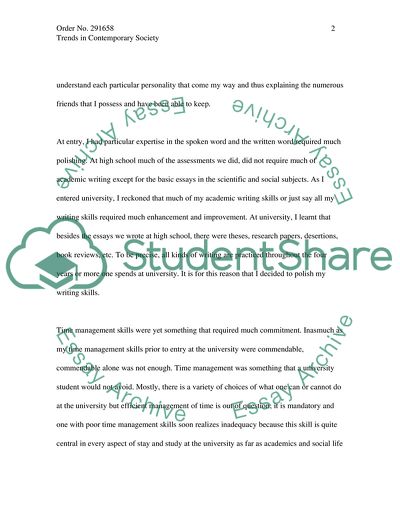Cite this document
(Trends in Contemporary Society Personal Statement, n.d.)
Trends in Contemporary Society Personal Statement. Retrieved from https://studentshare.org/people/1723062-trends-in-contemporary-society
Trends in Contemporary Society Personal Statement. Retrieved from https://studentshare.org/people/1723062-trends-in-contemporary-society
(Trends in Contemporary Society Personal Statement)
Trends in Contemporary Society Personal Statement. https://studentshare.org/people/1723062-trends-in-contemporary-society.
Trends in Contemporary Society Personal Statement. https://studentshare.org/people/1723062-trends-in-contemporary-society.
“Trends in Contemporary Society Personal Statement”, n.d. https://studentshare.org/people/1723062-trends-in-contemporary-society.


